

Articles
How To Store Mementos
Modified: December 7, 2023
Looking for articles on how to store mementos? Discover expert tips and techniques to preserve your cherished memories for years to come.
(Many of the links in this article redirect to a specific reviewed product. Your purchase of these products through affiliate links helps to generate commission for Storables.com, at no extra cost. Learn more)
Introduction
Welcome to the world of mementos – a collection of cherished memories that hold sentimental value. Whether it’s old photographs, handwritten letters, or small trinkets, these precious items serve as reminders of people, places, and experiences dear to our hearts. Properly storing and preserving these mementos is essential to ensure their longevity and the ability to revisit those cherished moments in the years to come.
However, storing mementos is no simple task. It requires careful consideration of various factors, such as the type of items, storage containers, environmental conditions, and how often you access them. In this guide, we will walk you through the steps of effectively storing your mementos to keep them safe, organized, and in pristine condition.
Before diving into the specifics, it’s important to remember that the way you store your mementos ultimately depends on your personal preferences and the nature of the items you possess. Some mementos may require unique storage solutions, while others can be stored using more universal methods. The key is to understand the unique needs of each item and adapt your storage approach accordingly.
So grab your boxes, labels, and organizing tools as we embark on a journey to preserve your precious memories. Get ready to declutter, organize, and protect your mementos, ensuring that they remain a source of joy and nostalgia for years to come. Let’s dive into the first step – assessing and sorting your mementos.
Key Takeaways:
- Preserve cherished memories by assessing, sorting, and storing mementos in acid-free containers, safeguarding them from environmental damage and ensuring longevity.
- Regularly evaluate and maintain memento storage to prevent damage, preserve digital backups, and create an organized system for easy access and enjoyment.
Read more: How To Store Basil From Store
Step 1: Assess and Sort Your Mementos
The first step in effectively storing your mementos is to assess and sort through your collection. This involves taking inventory of the items you have and categorizing them based on their significance, fragility, and size.
Start by gathering all your mementos in one area, whether it’s a table, floor space, or a dedicated workspace. This will allow you to visually see the extent of your collection and make it easier to sort through.
As you assess your mementos, consider their sentimental value and the memories associated with them. This will help you prioritize which items to keep and which ones you may be ready to let go of. Remember, the goal is to create a curated collection that truly represents the moments and experiences you hold dear.
Once you have evaluated the sentimental value, it’s time to sort your mementos into categories. You can create broad categories such as “photos,” “letters,” “souvenirs,” or create more specific categories based on themes or time periods. For example, if you have letters from different family members, you can sort them by person or create separate categories for each generation.
As you sort through your mementos, it’s helpful to have labeled containers or boxes available. This will allow you to easily place each item in its designated category and keep them organized. Labeling is essential for retrieving specific items later without having to dig through multiple boxes.
During the sorting process, you may come across duplicates or items that no longer hold the same sentimental value as they once did. This is an excellent opportunity to declutter and consider letting go of some mementos. You can donate them, give them to a family member or friend, or even create a memory box for someone special.
Remember, the goal is to create a curated collection that truly represents the moments and experiences you hold dear. By assessing and sorting your mementos, you are taking the first step towards creating an organized and meaningful storage system.
Step 2: Choose the Right Storage Containers
Once you have assessed and sorted your mementos, it’s time to consider the right storage containers to ensure their safety and preservation. Choosing the appropriate containers is crucial in protecting your mementos from damage caused by dust, moisture, pests, and other environmental factors.
When selecting storage containers, look for ones that are made of acid-free and archival-quality materials. Acid-free containers prevent the degradation of paper-based items like photographs, letters, and newspaper clippings, ensuring their longevity. Archival-quality containers are designed to protect delicate and fragile items, such as textiles, fabrics, and artworks, from exposure to light and moisture.
Plastic storage containers with tight-fitting lids are a popular choice for storing mementos. They offer protection against water damage and help prevent dust, dirt, and pests from entering the containers. Make sure the containers you choose are made from high-quality plastics that do not emit any harmful chemicals or odors that could damage your mementos over time.
Another option for storing mementos is acid-free archival boxes. These boxes are specially designed to preserve paper-based items like photographs, letters, and documents. They often come in various sizes, allowing you to choose the appropriate box based on the dimensions of your mementos.
For delicate or fragile items, such as ceramics, glassware, or framed artworks, consider using padded or cushioned storage containers. These containers provide additional protection and prevent any accidental damage during transport or storage.
In addition to choosing the right containers, it’s essential to consider the size and shape of your mementos. Some items may require custom-sized boxes or specialized containers to ensure a proper fit. Avoid overcrowding the containers, as this can lead to damage or distortion of your mementos. Provide enough space for each item to avoid unnecessary pressure.
Lastly, never underestimate the power of labeling. Clearly label each container with its contents to easily locate specific mementos when needed. This makes the retrieval process efficient and minimizes the need to dig through multiple containers.
Remember, choosing the right storage containers is vital in preserving the integrity and longevity of your mementos. By opting for acid-free and archival-quality materials and considering the size and shape of your items, you can ensure that your mementos remain safe and protected for years to come.
Step 3: Organize and Label Your Mementos
Now that you have chosen the right storage containers, it’s time to organize and label your mementos. Proper organization and labeling ensure that you can easily locate specific items and maintain the overall order and structure of your collection.
Start by placing your sorted mementos into the designated containers based on their respective categories. This step will help you maintain a systematic approach to organizing your collection. You can use dividers or separators within the container to keep similar items together and prevent them from mixing or overlapping.
Consider creating an inventory or catalog of your mementos as you organize them. This can be done using a notebook, spreadsheet, or even a digital database. Documenting your collection allows you to keep track of what you have, especially if you have a large number of items or plan to grow your collection over time.
Once your mementos are organized within the containers, it’s time to label them appropriately. Label each container with clear and descriptive information, including the contents and any relevant dates or details. This labeling system will help you quickly identify the specific mementos you’re looking for without having to open every container.
You can use adhesive labels, sticky notes, or even print out labels with a label maker. Place the labels on the outside of the containers, facing forward, for easy visibility. Be consistent with your labeling format and ensure that it is legible and easy to read.
To further enhance organization, consider creating an index or a reference guide to your collection. This can be a separate document or a section in your inventory. Include a list of categories and their corresponding container numbers or locations. This index will serve as a helpful roadmap to navigate your collection efficiently.
Remember, the key to organizing and labeling your mementos is creating a system that works for you. Whether it’s alphabetical order, chronological order, or themed categories, choose a method that makes sense and is intuitive to your needs.
By organizing and labeling your mementos, you not only create a visually appealing and tidy storage system but also make it easier to access and enjoy the memories they hold. Your organized collection will become a valuable resource for reliving cherished moments for years to come.
Step 4: Protect Fragile or Delicate Items
When it comes to storing mementos, some items may require extra care and protection due to their delicate or fragile nature. Whether it’s antique photographs, delicate fabrics, or fragile art pieces, taking the necessary precautions will help ensure their preservation.
One of the key considerations for protecting fragile items is to use acid-free tissue paper or archival-quality acid-free sleeves. This is especially important for delicate photographs, artwork, and documents. The acid-free tissue paper acts as a barrier between the item and any potential harmful elements, preventing deterioration over time.
If you have framed artwork or photographs, make sure they are properly secured within the frame to avoid shifting or damage. Use archival-quality framing materials to provide additional protection against fading, moisture, and UV rays. If possible, store framed items in an upright position to prevent any pressure on the glass or frame.
For fragile three-dimensional items, such as ceramics or sculptures, it’s essential to protect them from any potential impact or breakage. Wrap them individually in acid-free tissue paper or bubble wrap before placing them in a cushioned container. Fill any empty spaces within the container with packing material to prevent the items from moving around during storage or transportation.
If you have delicate fabrics, such as wedding dresses or heirloom textiles, consider using acid-free boxes specifically designed for textile preservation. These boxes provide the necessary support and protection from light, dust, and pests. Avoid folding the fabric too tightly to prevent creasing and consider adding a layer of acid-free tissue paper between folds.
Environmental factors can also impact the preservation of fragile items. Keep your storage space away from extreme temperature and humidity fluctuations. Avoid storing items in basements, attics, or any areas prone to dampness or high heat. Maintaining a stable and controlled environment will help prevent damage from moisture or excessive dryness.
In addition to physical protection, consider using archival-quality digital storage for certain mementos. Scan old photographs, letters, and documents to create digital copies that can be easily accessed and shared. Keep these digital files backed up on multiple devices or cloud storage to safeguard against loss or damage.
Remember, fragile and delicate items require special attention and care. By providing them with the necessary protection and maintaining a suitable environment for storage, you can ensure their longevity and preserve their sentimental value for generations to come.
Store mementos in acid-free boxes or containers to prevent deterioration. Keep them in a cool, dry place away from direct sunlight to preserve their condition.
Read more: How To Store Store-Bought Bread
Step 5: Consider Climate and Environmental Factors
When storing your mementos, it’s important to consider the climate and environmental conditions of your storage area. Certain factors, such as temperature, humidity, light exposure, and air quality, can significantly impact the longevity and preservation of your precious items. Taking these factors into account will help safeguard your mementos from potential damage caused by adverse environmental conditions.
One of the primary considerations is temperature control. Extreme temperatures, whether hot or cold, can have detrimental effects on a wide range of materials. Ideally, the storage area should be kept at a consistent temperature between 60-75 degrees Fahrenheit (15-24 degrees Celsius). Avoid storing mementos in areas prone to temperature fluctuations, such as attics or basements, as these areas are often subject to extreme heat or cold.
Humidity is another critical factor to consider. High humidity levels can lead to mold, mildew, and moisture damage, while low humidity can cause dryness and brittleness in certain materials. Aim for a relative humidity level of around 40-50% to provide a stable environment for your mementos. Consider using dehumidifiers or humidifiers to achieve this optimal range, depending on your specific climate and location.
Light exposure is particularly harmful to delicate materials, such as photographs, artworks, or textiles. Direct sunlight or intense artificial light can cause fading, discoloration, and deterioration over time. Keep your storage area in a dark or low-light environment and consider using UV-filtering window coverings or UV-resistant storage containers for added protection.
Air quality is crucial in preserving the integrity of your mementos. Avoid storing items in areas with excessive dust, pollutants, or chemicals. If the air quality in your storage space is a concern, consider using air purifiers or storing the items in acid-free, airtight containers to create a barrier against external contaminants.
Proper ventilation is also essential to prevent the buildup of stagnant air and the development of musty odors. Ensure that your storage area has adequate airflow and consider using moisture-absorbing materials, such as silica gel packets, to keep the area dry and fresh.
By considering these climate and environmental factors, you can create an optimal storage environment for your mementos. This will help ensure their long-term preservation and protect them from potential damage caused by temperature fluctuations, humidity, light exposure, and air contaminants.
Step 6: Find a Suitable Storage Space
Now that you have sorted and prepared your mementos, it’s time to find a suitable storage space to keep them safe and secure. The right storage space can make a significant difference in preserving the integrity and longevity of your cherished items.
When selecting a storage space, consider the following factors:
1. Safety and Security: Look for a storage area that provides a secure environment, minimizing the risk of theft or damage. This could be your home, a storage unit, or a dedicated space with proper locks and security measures in place.
2. Climate Control: Choose a storage area that allows for climate control, especially if you live in an area with extreme temperature fluctuations. Climate-controlled storage helps maintain stable temperature and humidity levels, reducing the risk of damage from environmental factors.
3. Accessibility: Ensure that the storage space is easily accessible. You may want to visit and retrieve specific mementos periodically, so consider the location and convenience of the storage area. If you opt for a storage unit, choose one that offers convenient access hours and options for frequent visits.
4. Space and Size: Assess the amount of space you need for your mementos and find a storage area that can accommodate your collection. Consider the future growth of your collection and choose a storage space that allows for expansion if needed.
5. Organization and Layout: Look for a storage area that allows for efficient organization and layout of your mementos. Consider options such as shelving, storage racks, or labeled containers to make it easier to locate and retrieve specific items without causing unnecessary disturbance or damage.
6. Environmental Factors: Consider the environmental conditions of the storage space, including exposure to sunlight, humidity, and potential sources of dust or pests. Take steps to mitigate these factors by using appropriate storage containers, UV-filtering coverings, and regular cleaning and maintenance.
Remember to regularly assess and maintain your storage space to ensure its continued suitability. Check for any signs of leaks, pests, or temperature fluctuations that could impact the integrity of your mementos. Regular monitoring and care will help ensure that your storage space remains a safe haven for your cherished memories.
By finding a suitable storage space, you can provide your mementos with a secure and organized home, ensuring their preservation and future enjoyment.
Step 7: Regularly Evaluate and Maintain Your Memento Storage
Properly storing your mementos is an ongoing process that requires regular evaluation and maintenance. By periodically assessing the condition of your storage system and making necessary adjustments, you can ensure the continued preservation and enjoyment of your cherished items.
Here are some important steps to follow when evaluating and maintaining your memento storage:
1. Regular Inspections: Set a schedule to inspect your storage area and mementos at least once or twice a year. Check for any signs of damage, pests, moisture, or other environmental issues. Address these issues promptly to prevent further damage to your mementos.
2. Dusting and Cleaning: Dust and clean your storage area regularly to prevent the buildup of dust or any potential contaminants. Use a soft cloth or a vacuum cleaner with a brush attachment to gently remove dust from containers, shelves, and other storage surfaces.
3. Preventative Measures: Consider using preventative measures to safeguard your mementos. This may include using pest repellents or traps in the storage area, utilizing moisture absorbers like silica gel packets, or implementing measures to protect against potential accidents or mishaps.
4. Reassessment and Reorganization: As time goes by, you may acquire new mementos or decide to let go of certain items. Regularly reassess your collection, discard duplicates or items that no longer hold significance, and reorganize your storage system accordingly. This will help maintain an efficient and well-organized storage space.
5. Upgrade or Replace Storage Containers: Over time, your storage containers may become worn out or no longer suitable for your mementos. Consider upgrading or replacing containers as needed, especially if they show signs of wear and tear or if you have acquired new items that require different storage solutions.
6. Documentation and Inventory Updating: Keep your catalog or inventory up to date. Make note of any new additions to your collection and ensure that the information is accurately reflected in your documentation. This will help you stay organized and easily track your mementos.
7. Preserve Digital Backups: If you have digitized any mementos, make sure to regularly back up your digital files to prevent the loss of these precious memories. Store backups in multiple locations, such as external hard drives or cloud storage, to ensure their safety.
Remember, the key to effectively maintaining your memento storage is to stay proactive. Regularly evaluate the condition of your collection and make any necessary adjustments to ensure its long-term preservation. By following these steps, you can continue to enjoy and cherish your mementos for years to come.
Conclusion
Preserving and storing your mementos is an important task that ensures the longevity of cherished memories. By following the steps outlined in this guide, you can create an organized and effective storage system that protects your mementos from damage caused by environmental factors, pests, and aging.
Assessing and sorting your mementos allows you to better understand their sentimental value and prioritize their storage needs. Choosing the right storage containers, such as acid-free and archival-quality options, safeguards your items from deterioration and damage.
Organizing and labeling your mementos ensures an easily accessible and neat storage system. Protecting fragile or delicate items with acid-free tissue paper and cushioned containers helps prevent accidental damage during storage or retrieval.
Considering climate and environmental factors, such as temperature, humidity, light exposure, and air quality, safeguards your mementos from deterioration over time. Finding a suitable storage space with proper safety measures and sufficient space allows you to keep your mementos secure and easily accessible.
Regularly evaluating and maintaining your memento storage through inspections, cleaning, preventative measures, reorganization, and documentation updates helps preserve the longevity and integrity of your collection.
In conclusion, properly storing and preserving your mementos is a labor of love that ensures the cherished moments and memories they represent stay alive for years to come. By following these steps and taking the necessary precautions, you can continue to enjoy and pass down these precious mementos as a legacy for future generations.
Frequently Asked Questions about How To Store Mementos
Was this page helpful?
At Storables.com, we guarantee accurate and reliable information. Our content, validated by Expert Board Contributors, is crafted following stringent Editorial Policies. We're committed to providing you with well-researched, expert-backed insights for all your informational needs.

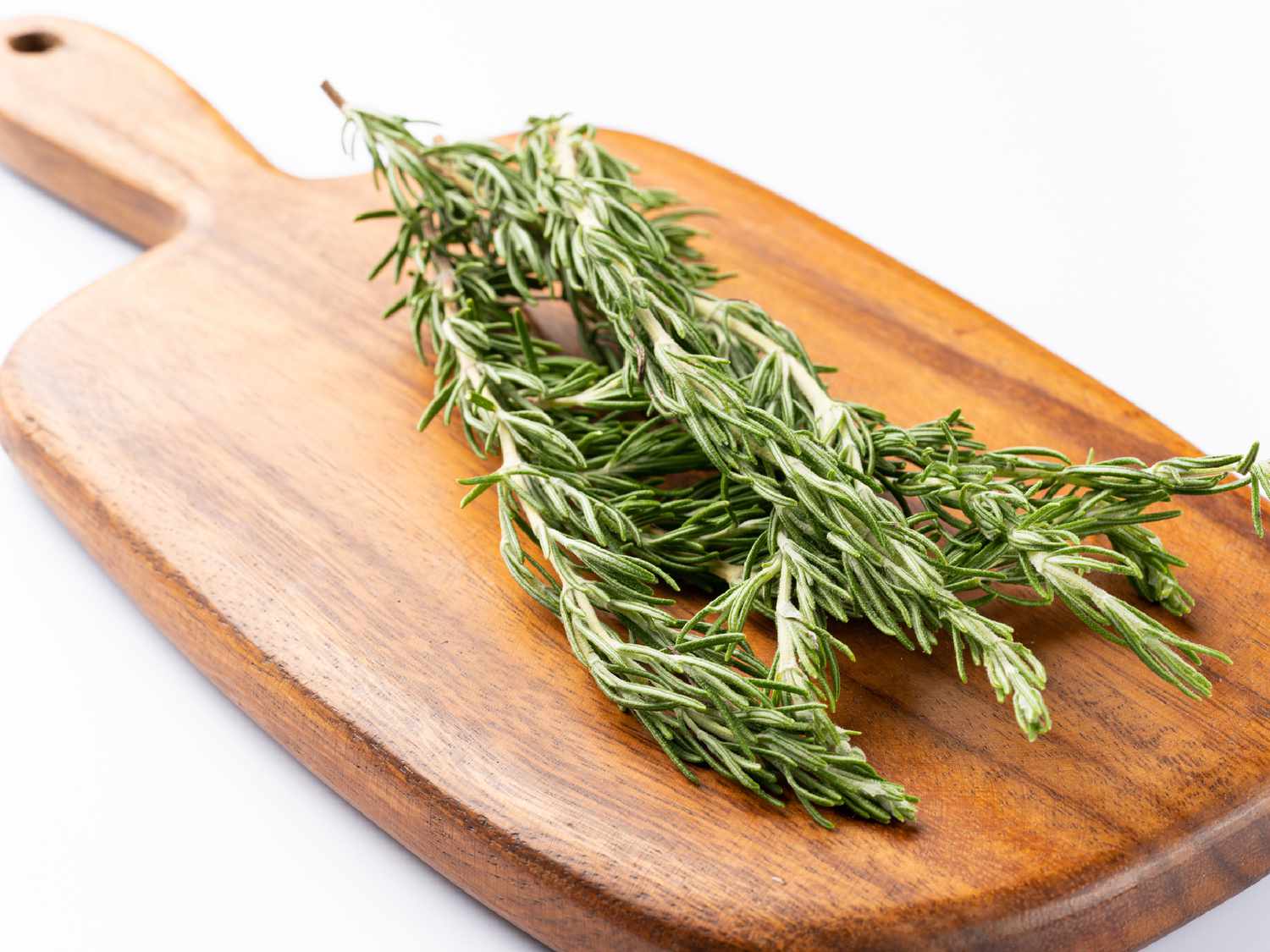
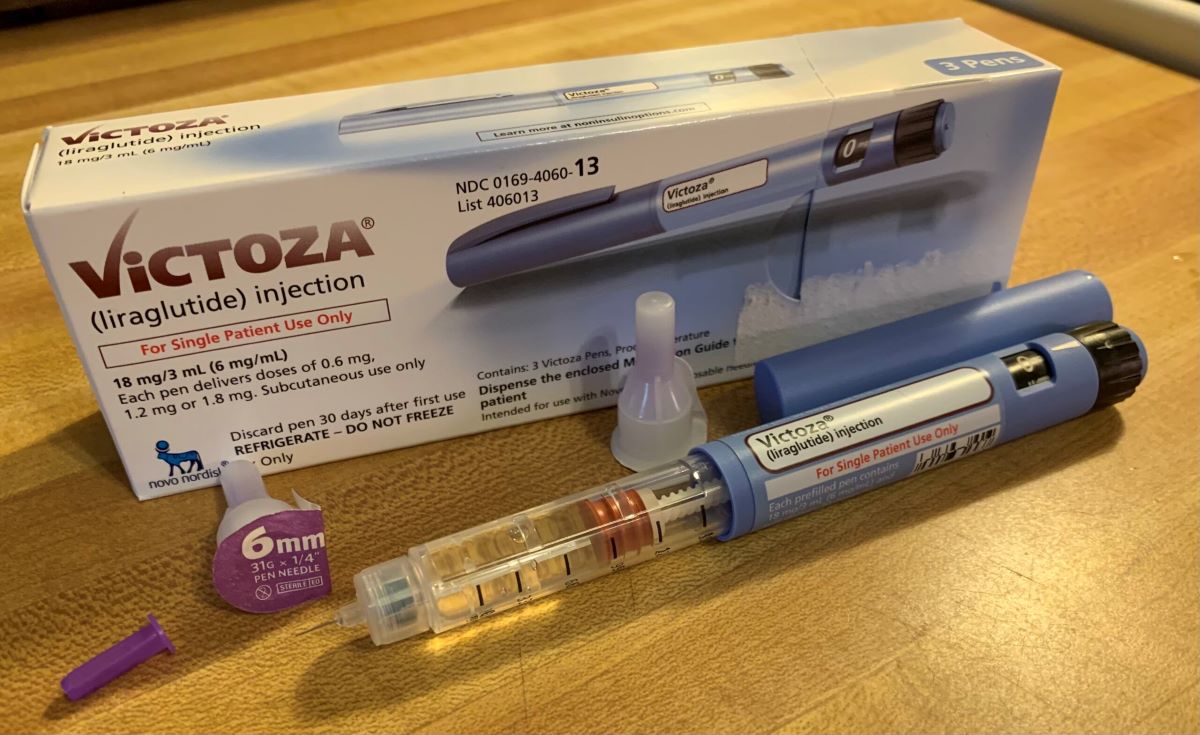
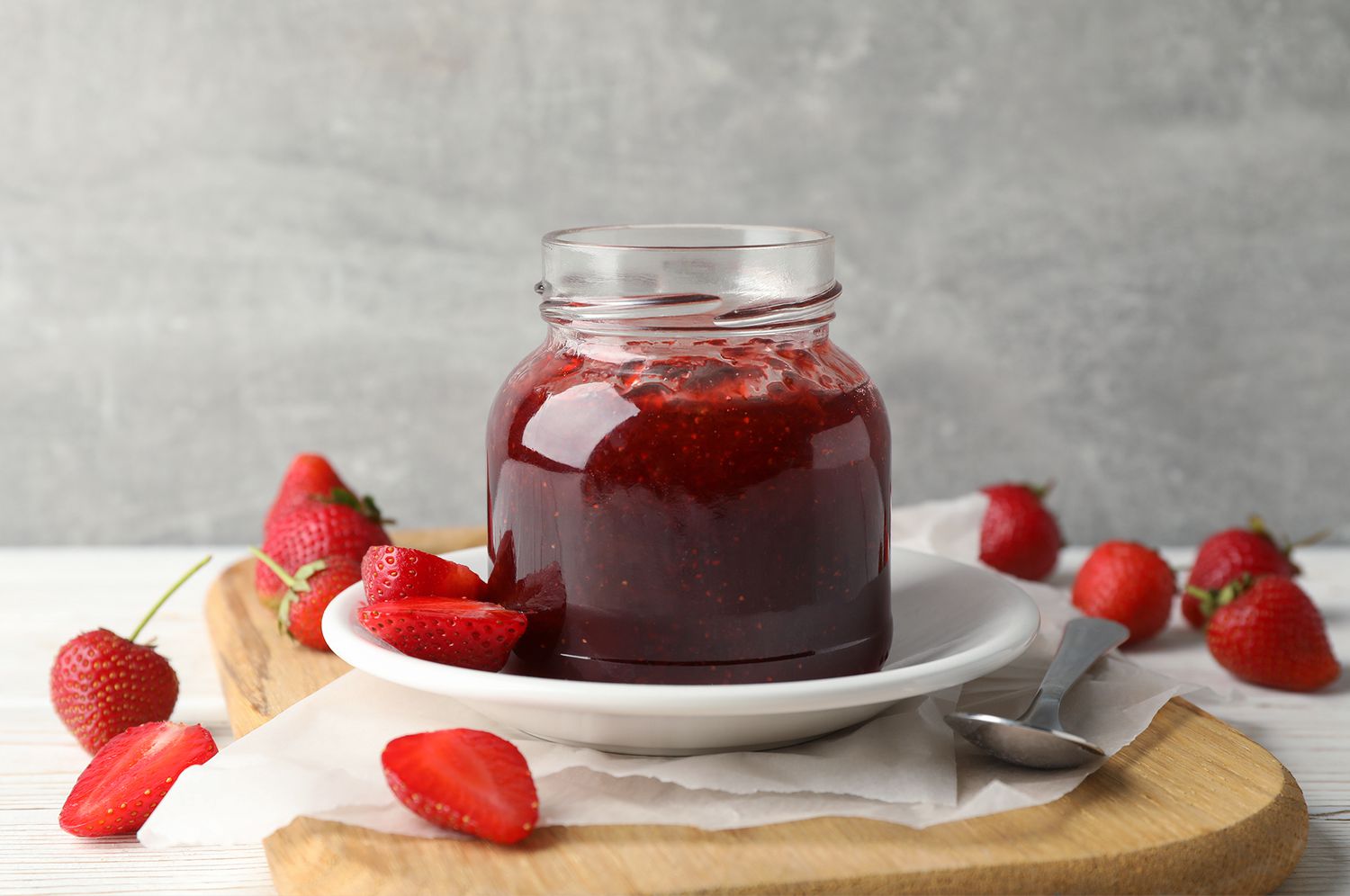


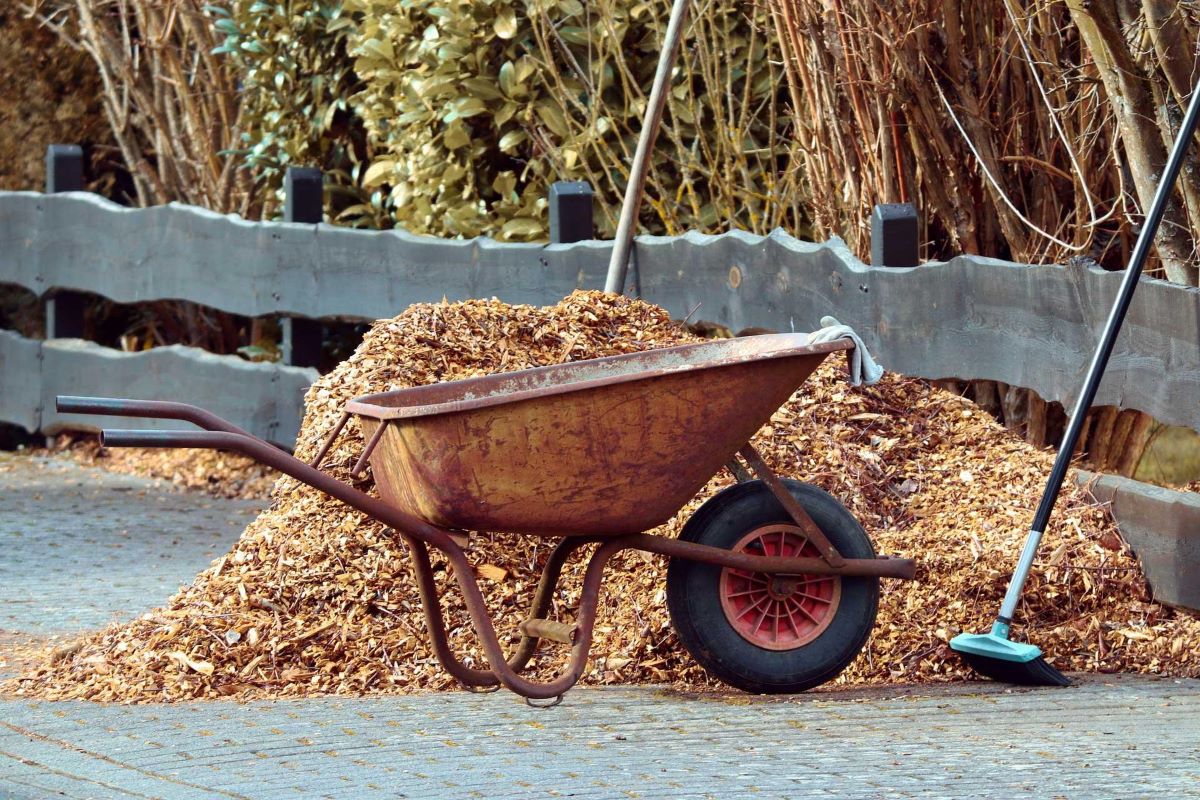
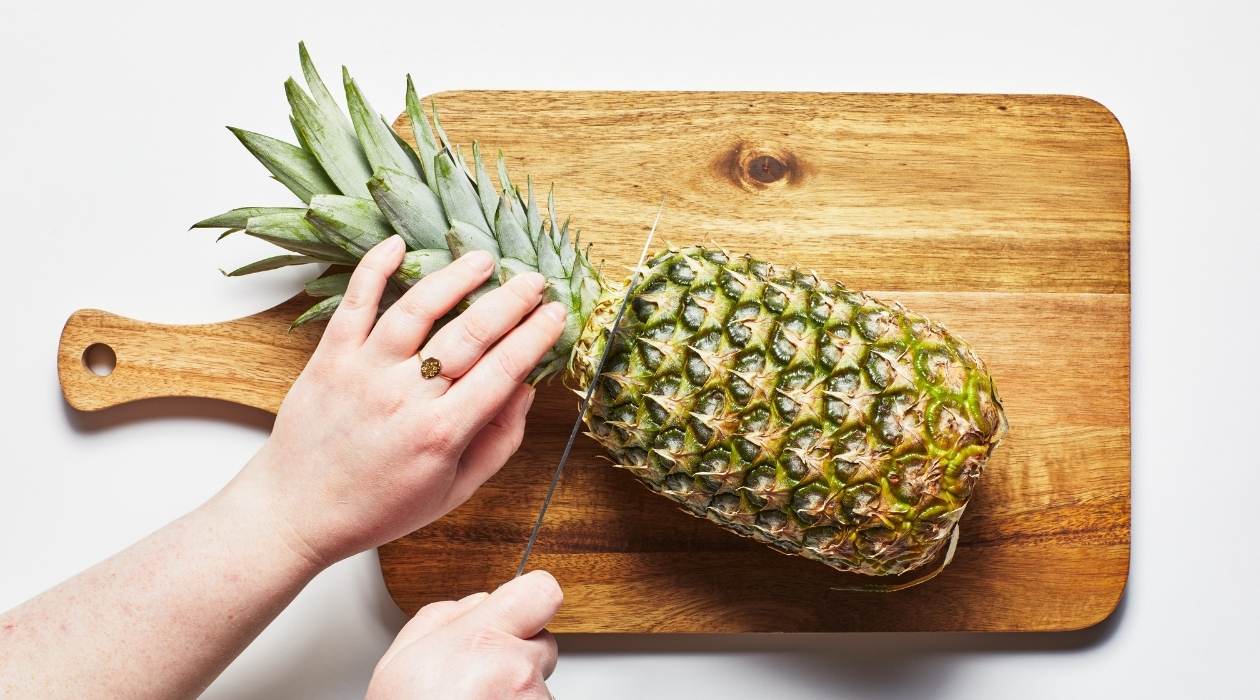
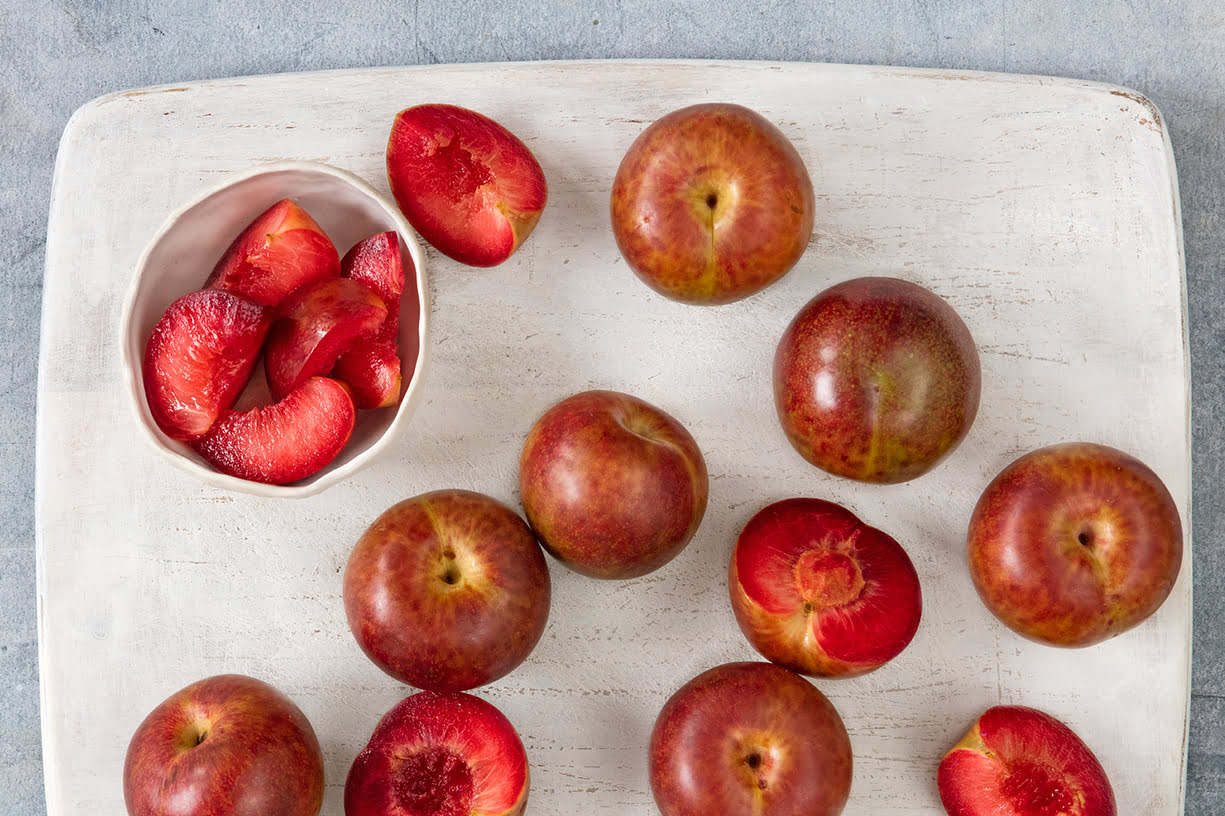
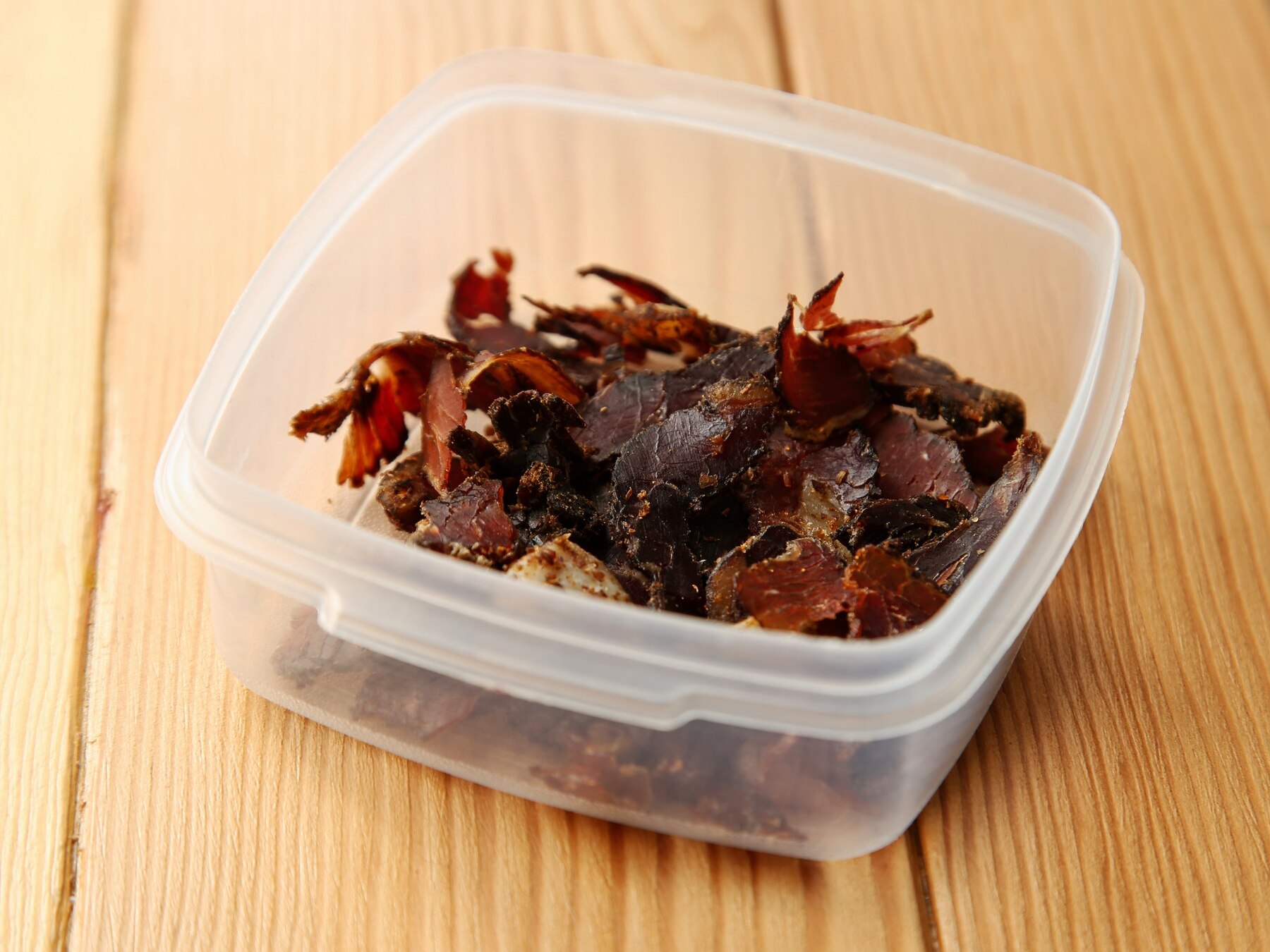
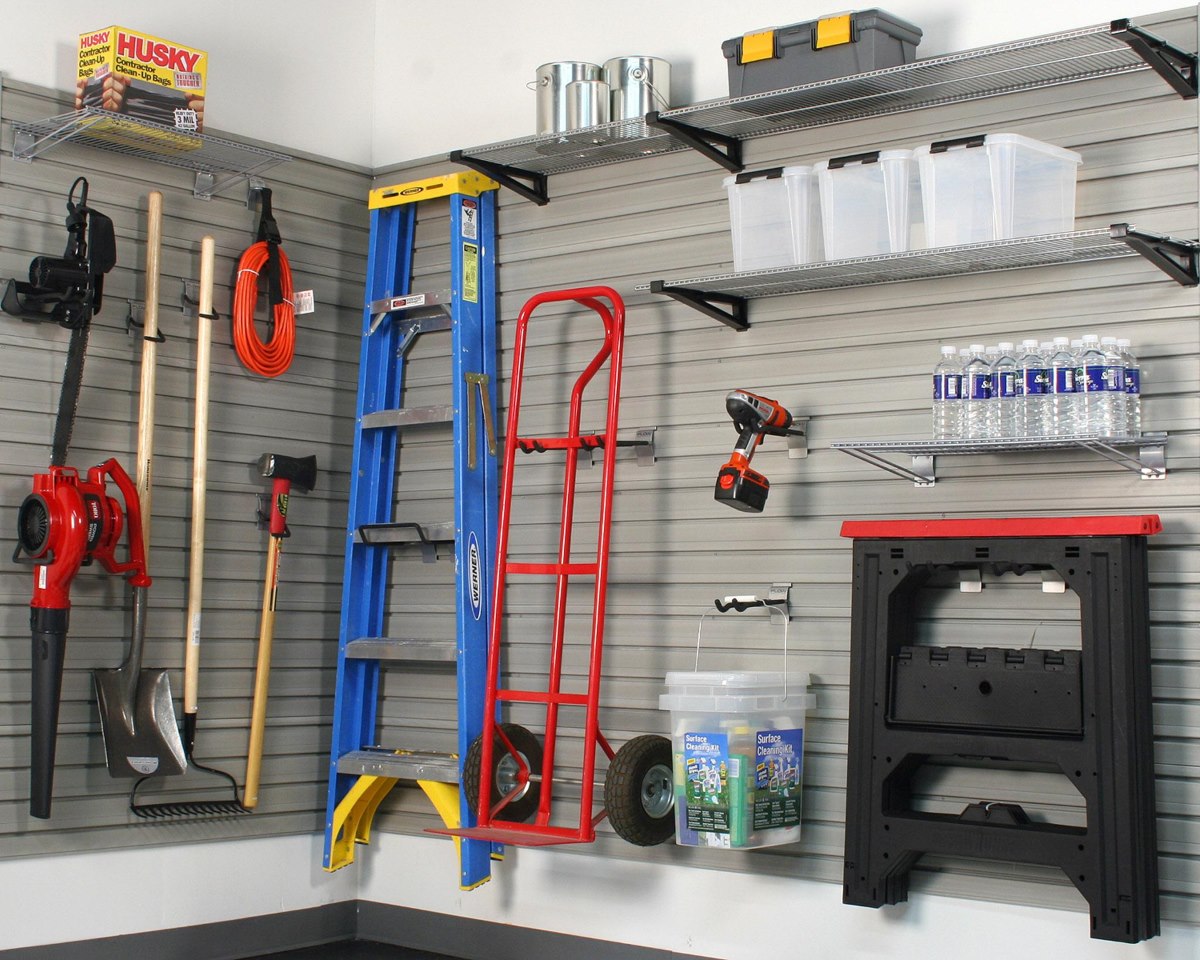
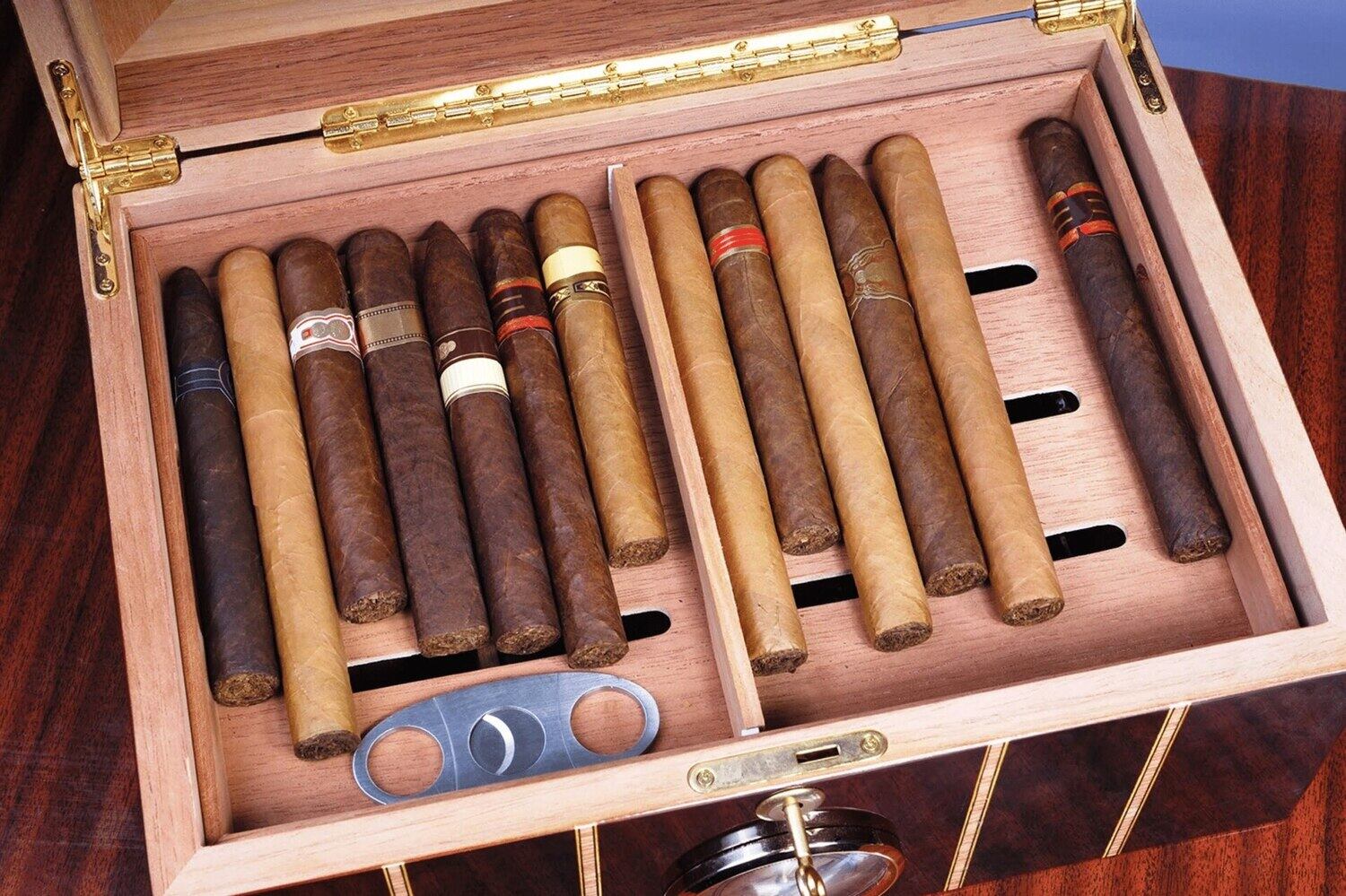
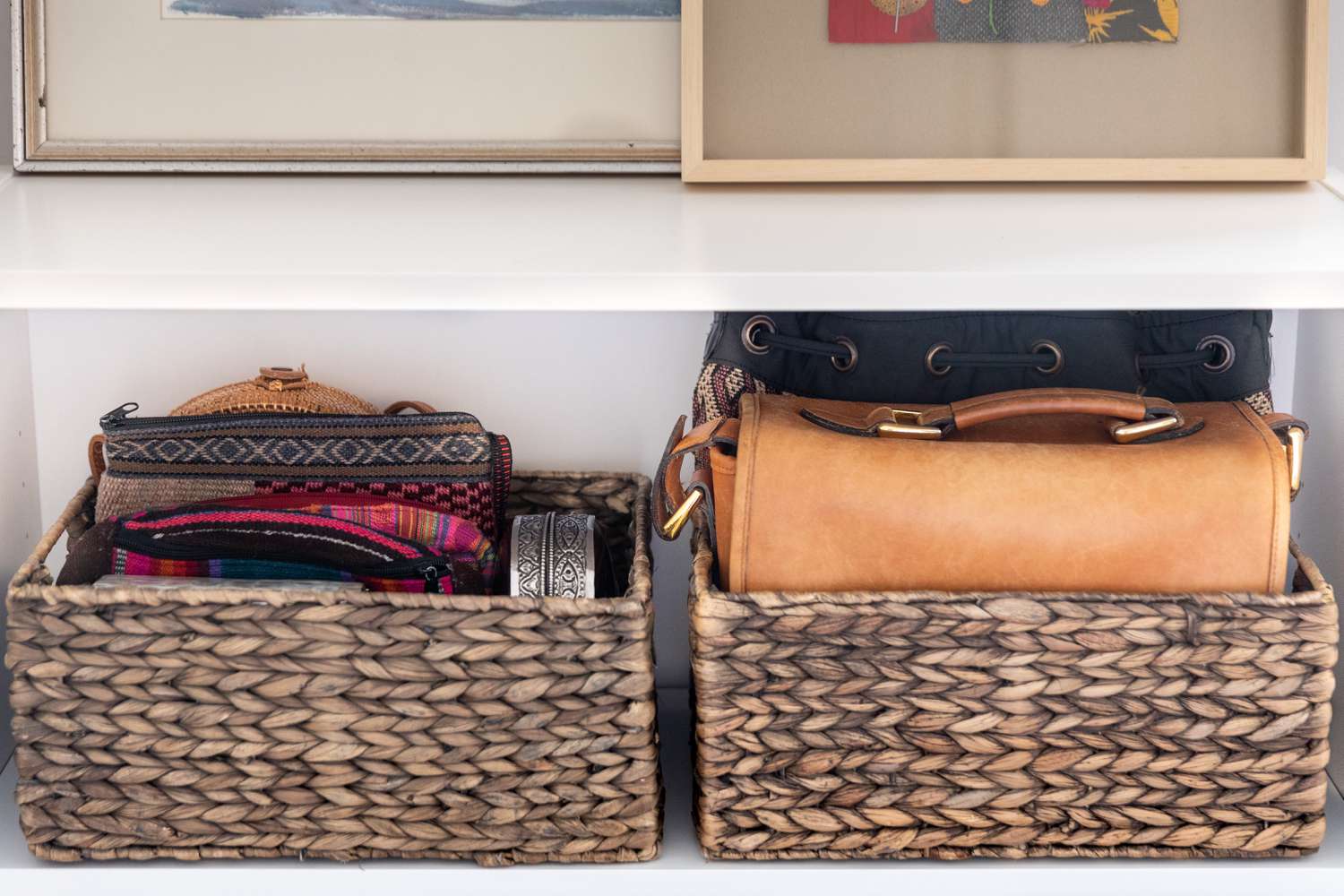
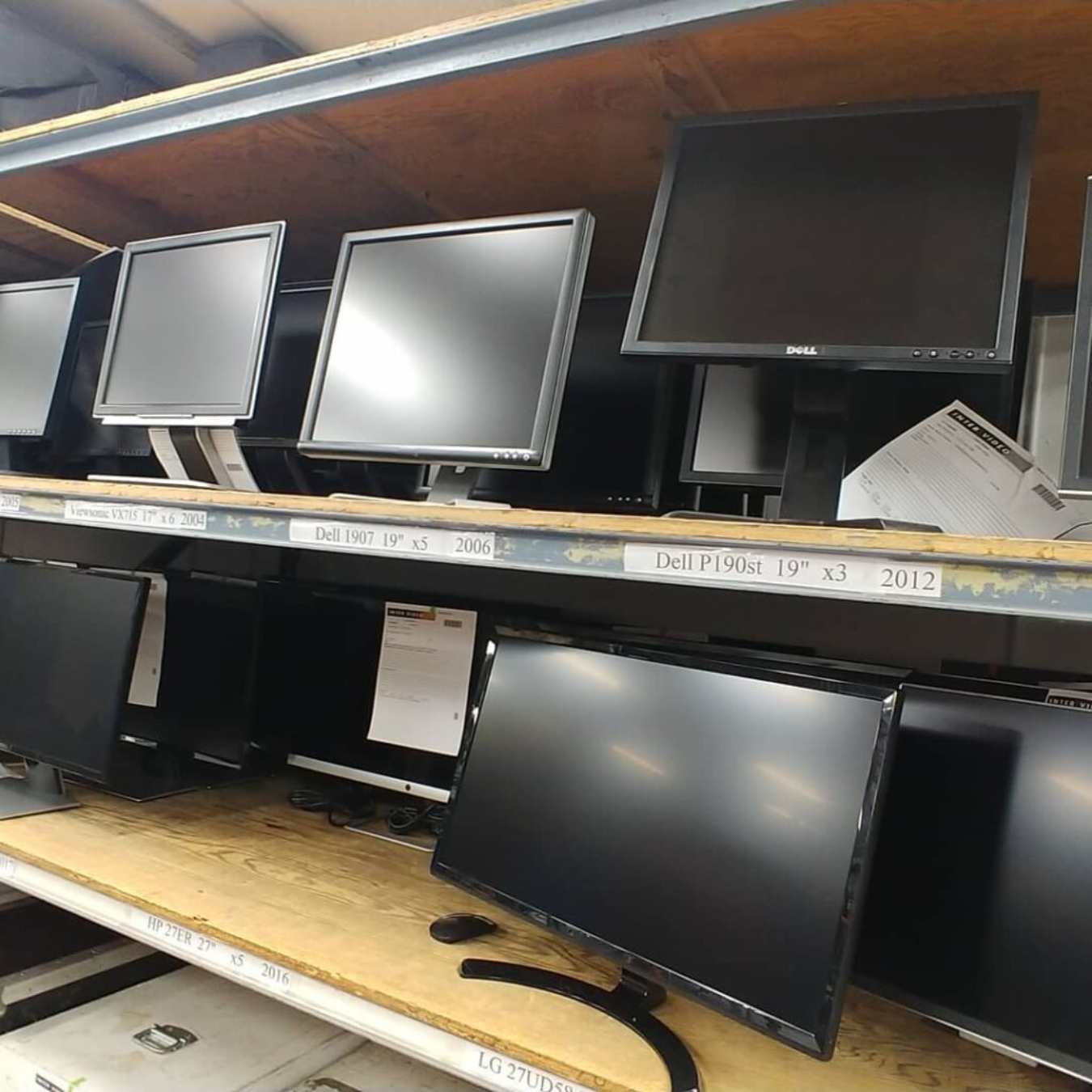

0 thoughts on “How To Store Mementos”